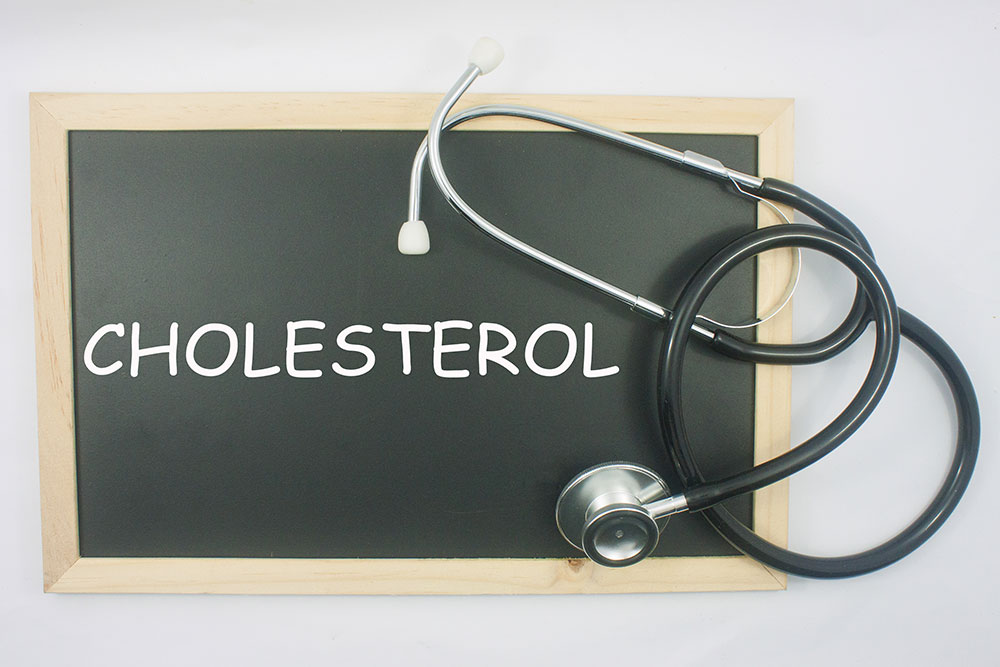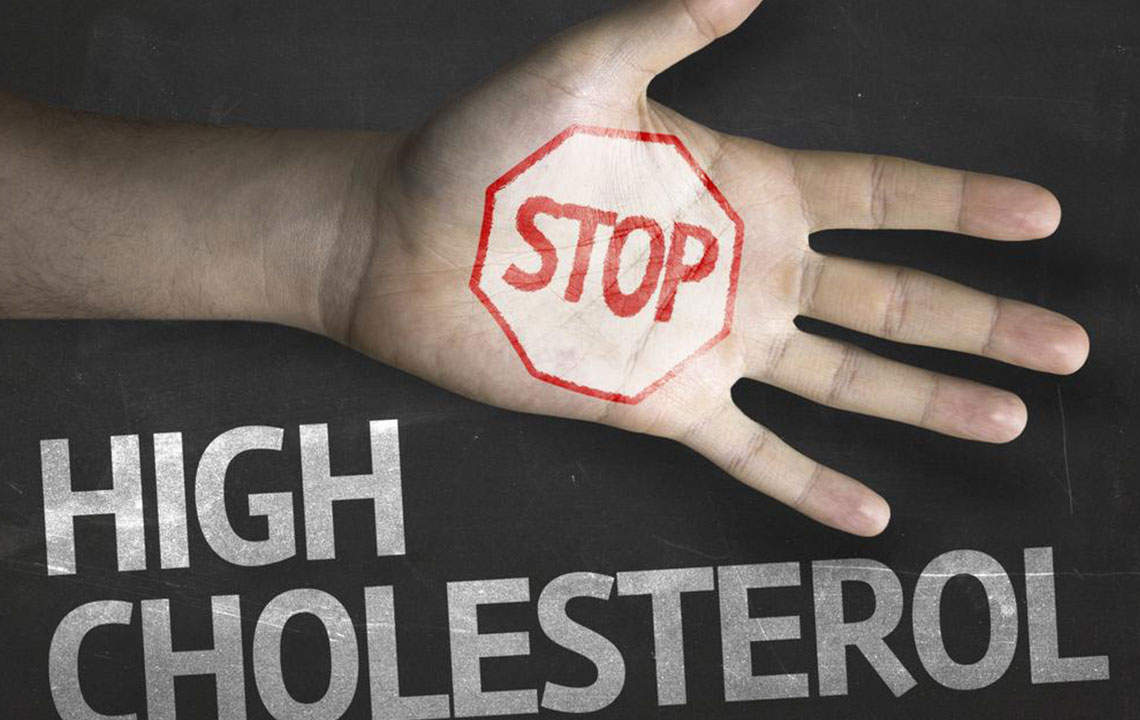A Comprehensive Guide to Cholesterol: Understanding Its Role and Maintaining Healthy Levels
This comprehensive guide explores the vital role of cholesterol in the human body and provides insights into maintaining healthy levels. It covers the differences between good and bad cholesterol, dietary sources, health risks of imbalances, and effective strategies such as diet, exercise, and medical treatments to support cardiovascular health. Learn how to monitor your cholesterol levels and adopt lifestyle changes for a healthier, longer life.

Understanding Cholesterol: What You Need to Know
Cholesterol is a waxy, fat-like substance that is essential for the proper functioning of your body. It is produced naturally by the liver and is also obtained through dietary sources such as animal-based foods. Despite its importance, maintaining the right balance of cholesterol in your bloodstream is crucial because both high and low levels can pose significant health risks. Elevated cholesterol levels, especially low-density lipoprotein (LDL), are linked to the development of cardiovascular diseases, including heart attacks and strokes. Conversely, insufficient cholesterol levels can impair cell membrane function and hormone synthesis, impacting overall health.
Cholesterol plays a vital role in the human body by contributing to cell membrane structure, aiding in hormone production (such as estrogen and testosterone), and supporting the synthesis of vitamin D. It circulates in the blood bound to proteins, forming complexes called lipoproteins. These lipoproteins are classified into two main types: high-density lipoprotein (HDL), often referred to as "good" cholesterol, and low-density lipoprotein (LDL), known as "bad" cholesterol. Proper regulation of these lipoprotein levels helps prevent fatty deposits in arteries, reducing the risk of cardiovascular issues.
Dietary intake significantly influences blood cholesterol levels. Foods rich in saturated fats and trans fats, such as red meats, processed snacks, fried foods, full-fat dairy products, and certain baked goods, can raise LDL cholesterol. On the other hand, foods high in healthy fats, fiber, and plant sterols, such as nuts, seeds, whole grains, fruits, vegetables, and oily fish like salmon, can help boost HDL levels and promote heart health.
High cholesterol levels in the bloodstream significantly increase the risk of developing cardiovascular diseases such as coronary artery disease, heart attacks, and strokes. Understanding the types of cholesterol and their functions is essential in managing your health effectively. HDL transports excess cholesterol from the arteries back to the liver for processing and removal, thus helping to keep arteries clear. LDL, however, deposits cholesterol in the arterial walls, leading to plaque buildup and narrowing of the arteries.
Monitoring cholesterol levels through routine blood tests is a vital step in preventive health care. It allows individuals and healthcare providers to identify imbalances early and implement lifestyle changes or medications as necessary. Lifestyle modifications include adopting a heart-healthy diet, engaging in regular physical activity, limiting alcohol consumption, and avoiding smoking. Medical treatments may involve statins or other cholesterol-lowering medications for those with persistent high levels.
In addition to diet and medication, maintaining an active lifestyle plays a crucial role in managing cholesterol. Regular aerobic exercises like walking, jogging, swimming, or cycling can help increase HDL levels and decrease LDL levels. Weight management also contributes significantly to better cholesterol profiles, reducing the burden on cardiovascular health. Staying informed through credible online resources and consulting healthcare professionals ensures a tailored approach to managing cholesterol effectively.
In conclusion, cholesterol is an essential component of your body's functioning, but keeping it in check is key to long-term health. By understanding its roles, sources, and how to manage its levels through lifestyle choices and medical guidance, you can reduce your risk of serious health problems and promote overall well-being.





